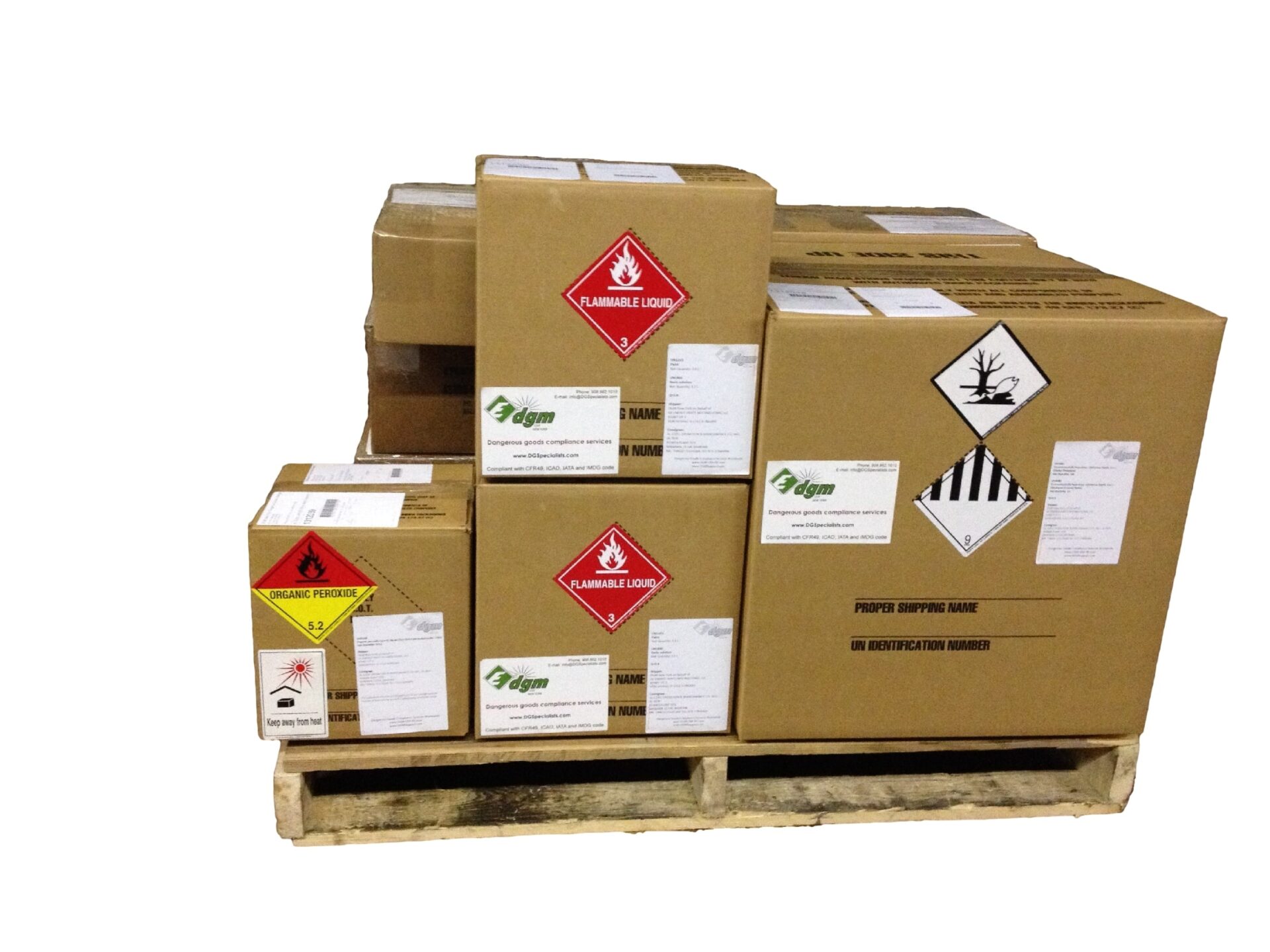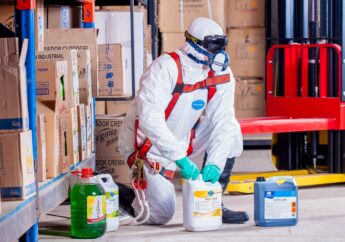Shipping Hazardous Materials: 4 Best Practices to Adhere To
by Mashum Mollah Management Published on: 02 December 2019 Last Updated on: 17 March 2020

Following the right rules and practices prevents your company from getting charged with hefty fines. Hazardous waste violations can add up but are easily avoidable if you follow the rules. Businesses can always get help at clsmith.com to fine-tune their shipping methods. It is a common-sense route to ensure that policies are followed without affecting the bottom line.
Shipping Hazardous Materials: 4 Best Practices to Adhere To
1. Understand The Levels Of Hazardous:
Playing the guessing game with hazardous materials will get you in trouble. For domestic transport, there are nine categories as defined by the PHMSA. Businesses should know the difference between explosives, flammable materials, oxidizers, poisonous materials, radioactive materials, corrosive materials and more. Putting your shipment into the right class will prevent it from causing problems before it reaches the destination.
Hazardous materials are not always obvious and can be something as simple as a perfume. Why? Because it is flammable. Did you know that some exit signs have traces of radioactive materials? These small details are why businesses should take the classification of materials seriously.
2. Provide All Relevant Information:
Notifying the receiver of the hazardous materials allows them to be prepared for the shipment. One of the requests will be for a safety data sheet. This sheet contains all of the information needed for a receiver about the contents of the package. A sheet will cover chemical properties of each product, health/physical/environmental hazards, the protective measures taken to ensure the materials are packed right and whatever precautions need to be followed for handling it.
Alternatives to the sheet (based on location) are a UN number and the proper shipping name. If any extra information is a need, then be prepared to provide it without a delay. The receiver heavily depends on the resources of the company to get the shipment details correct.
3. Keep Those Labels And Documents Updated:
None of the above tips matters if your labels and documents are incorrect. With that said, mislabeling is one of the biggest problems faced with hazardous materials shipping. This can happen at all levels, so it isn’t isolated to the shipper or the receiver. At the bare minimum, documentation on the bill of lading and hazmat placards are required for hazardous material shipping. By keeping communication open between all parties involved, any incorrect or missing information can quickly be resolved.
4. Destination Data Affects The Classification:
International and air freight shipments have their own set of classifications. This has to do with the UN overseeing international shipments instead of the PHMSA. For hazardous materials shipped by the air, the IATA takes over with its own set of regulations. Compliance is always required, so doublecheck with your receiver to make sure all classification rules are being followed. Placement of labels and forms will also be affected by the destination of the shipment.
Wrap Up:
Always set up good operating practices when handling hazardous waste. It improves safety and reduces potential problems associated with shipping large volumes. With proper training, shipping hazardous waste becomes another essential part of the company.
Read Also:







































































































